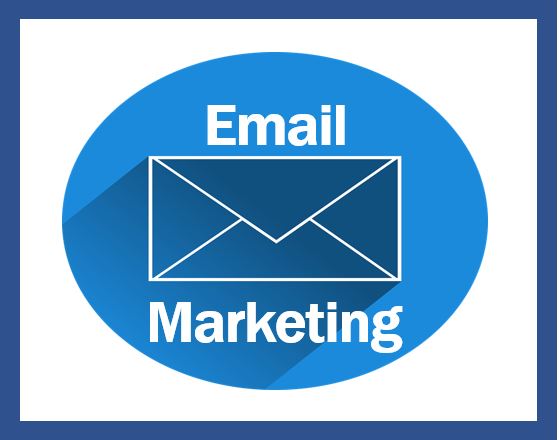
Email marketing is the perfect strategy for increasing leads and generating site traffic. It’s cost-effective, yet it manages to bring a great return on investment. In fact, you stand to earn as much as $44 for every dollar spent.
While you may have thousands of subscribers, the sad reality is about 75% of them are inactive. Yes, that means you lose a great deal of business because your subscribers are not even opening or clicking your emails!
Although this is the case, you can still re-engage them and stand to close more sales with email list reactivation.
Reactivation Emails and Why You Need Them
Reactivation emails are messages you send to grab the attention of your inactive subscribers. These are the people who no longer read your emails but haven’t unsubscribed from the brand either.
Why are reactivation emails necessary? For one, they can help you keep your old customers. Remember, these clients are 60% more likely to buy from you than the new ones.
More than just resurrecting zombie subscribers, this process will help you identify those who really won’t budge. That way, you can focus on the buyers who are more likely to re-engage.
5 Helpful Tips for Email List Reactivation
Just like a passionate suitor, you shouldn’t give up on your inactive clients. After all, you can ignite their interest once again by following these tips:
Segment Your Subscribers
The first thing you need to do is to group your subscribers according to their activity. You can do so as follows:
- Group 1: Clickers who have not bought anything within the last 90 days
- Group 2: Non-openers who haven’t opened their emails or made purchases within the last 90 days
- Group 3: Mail openers who haven’t opened their emails or made purchases within the last 90 days
So why is segmenting your subscribers important? Well, it can help you increase brand engagement. It can also help you identify the people who are more likely to respond to your reactivation requests.
Make it Appealing
Your subscribers skim through numerous messages every day. If you don’t want your email to be deleted or reported as spam, it’s time for you to make the subject line more appealing.
First and foremost, you should use the subscriber’s name when sending emails. After all, a personalized email bears a higher clickthroughrate of 41%.
Next, make sure to use words that tug the heartstrings. A good example is the word ‘miss,’ which has been known to evoke positive reactions amongst many subscribers.
Here are some subject lines to try:
- “Here’s an offer you don’t want to miss.”
- “We missed you! Here’s an offer for your grand comeback.”
Ask Your Subscribers
Are you clueless as to why your subscribers left you high and dry? Instead of making assumptions, it’s best if you hear it straight from the source.
That said, an integral part of email list reactivation is asking your clients why they became inactive.
An excellent way to do this is to send a short survey of one to three questions. This is something you can easily make with the help of tools like Survey Monkey.
Unless you want your emails to be ignored again, provide an incentive to survey responders who took the time to answer your questions.
Test the Waters
Also known as split testing, A/B testing is all about comparing which emails fare better for subscriber reactivation. That way, you get to send the email that gets the most clicks.
As this also tells you what doesn’t work, split testing also gives you room to improve your marketing strategies.
Four is Better Than One
Once is not enough – especially if you want to pull out your subscribers from inactivity. Experts recommend sending four emails due to the following reasons:
First reactivation email
This is about asking your client to re-engage with the brand.
Second reactivation email
If the customer did not open your first email, it’s essential to send a second one. Give the subscriber a few days, though, as you wouldn’t want to appear spammy. A leeway of three to seven days is best.
Third reactivation email
This optional email is about giving incentives to your customers. A coupon code or early access offers may be the key to reeling your subscriber back in.
Fourth reactivation email
As with any other relationship, this is the time for you to say goodbye. This ultimatum message is all about telling your subscriber that it’s the last chance for him/her to remain on the list.
Email List Reactivation Errors to Avoid
Apart from following the best practices, there are some pitfalls you need to avoid.
For one, don’t wait too long to reactivate the client. Proactivity is key!
More importantly, don’t forget to monitor your reactivation strategy. As with any activity, you need to check the progress so you can adjust as necessary.
Reactivating email subscriptions may be laborious, but it’s all worth it. By following the tips above and avoiding the errors above, you can tap on your old clients’ potential once again.
You may be interested in: “18 Secrets of High-Performing Email Marketing“

